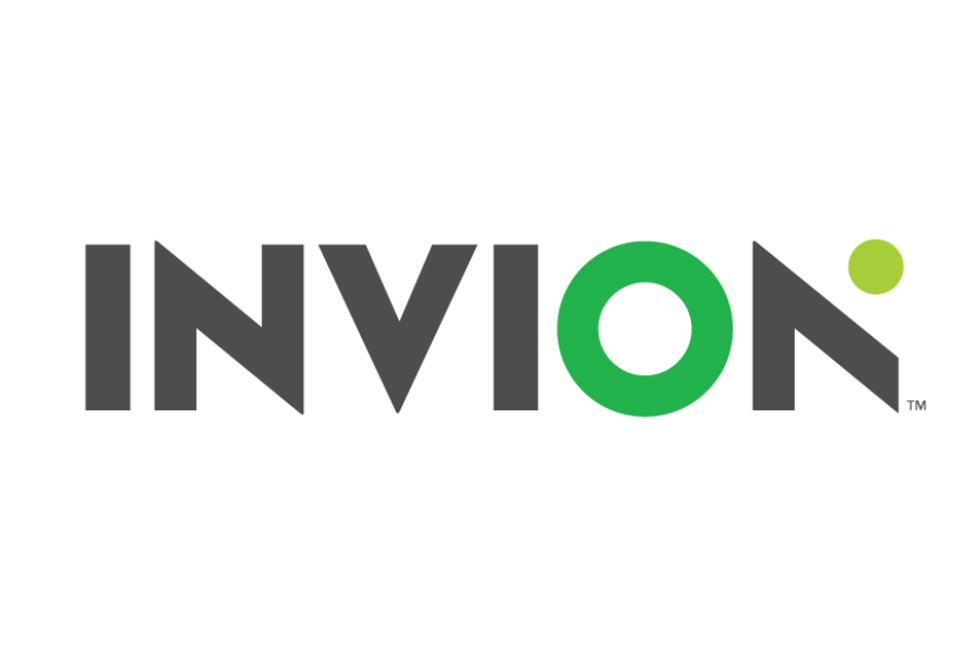Clovis' Shares Soar Following Data Released from Ovarian Cancer Trial

Thanks to new data from its Phase 3 Trial Clovis Oncology saw a 50 percent increase in its stock on Monday (June 19)
Clovis Oncology (NASDAQ:CLVS) started the week off with a bang when it released new data from its ARIEL3 phase 3 trial of rucaparib, a small molecule inhibitor being developed in ovarian cancer and other solid tumor indications. The company’s stock saw an increase of 50 percent early on Monday (June 19).
The trial enrolled 564 women who had platinum-sensitive, high-grade ovarian, fallopian tube, or primary peritoneal cancer. The trial met its endpoint of improved progression-free survival (PFS) thanks to better results from rucaparib compared with a placebo.
At the end of last week’s trading period, Clovis Oncology closed at a price of $59.97; on Monday, the stock opened the market at $89.65. This increase no doubt provides a boost to the company’s stock price, soaring 103.2 percent year-to-date.
The Colorado-based company revealed–based on the new data–that it will be applying for a supplemental New Drug Application (sNDA) within the next four months for a “maintenance treatment indication for all women with platinum-sensitive ovarian cancer” who responded well to the therapy.
Clovis may bring new option for women fighting ovarian cancer
Patrick Mahaffy, president and CEO of Clovis Oncology, said in the release that the company was excited with the positive results demonstrated in this test, as it provides a potential new tool for women battling ovarian cancer.
“[R]ucaparib demonstrates a clinically meaningful impact in delaying disease recurrence in women in this trial with advanced ovarian cancer,” principal investigator for the study Dr. Robert Coleman said in the statement.
Dr. Coleman added the results were promising because it proposed “women are able to stay on rucaparib for a prolonged period of time while gaining benefit.”
The company indicated Rucaparib can target mutant BRCA tumors and “other DNA repair deficiencies beyond BRCA.”
Mahaffy told Reuters 25 percent of the projected 22,400 diagnoses of ovarian cancer this year will have BRCA mutations, which can increase the probability of getting ovarian cancer.
According to the data, the company’s treatment provided 10.8 months as a median where the disease wouldn’t get worse, compared to 5.4 months for the women in trial receiving a placebo.
Investor Takeaway
This is a success story for Clovis and further proves the make or break factor from trial results and their power in the market.
Leerink analyst Michael Schmidt told MarketWatch the results from Clovis were “particularly impressive” compared to the data from other competitors, like Tesaro (NASDAQ:TSRO) and AstraZeneca (NYSE:AZN) with similar cancer drugs.
“If approved, Rubraca would have the broadest label of any PARP inhibitor in ovarian cancer… which we think should bode well for the commercial uptake of the drug,” Schmidt said.
Don’t forget to follow us @INN_LifeScience for real-time news updates.
Securities Disclosure: I, Bryan Mc Govern, hold no direct investment interest in any company mentioned in this article.



